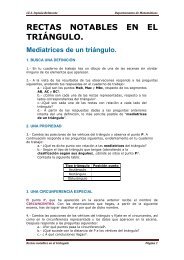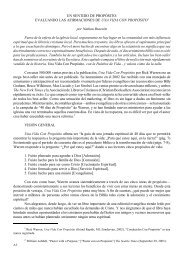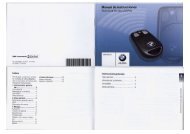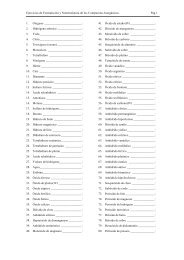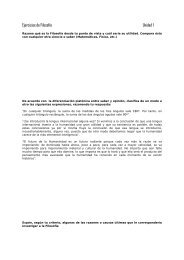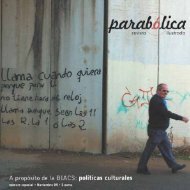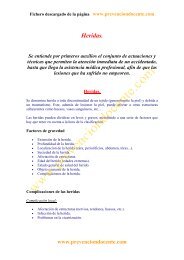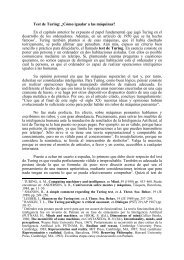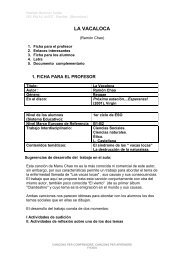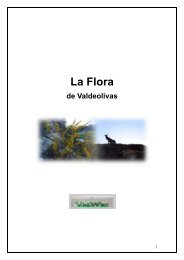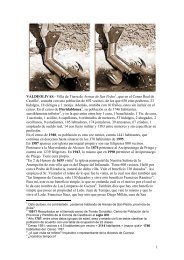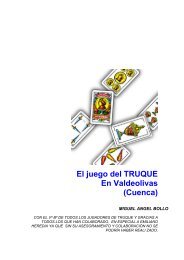EJERCICIOS DE FENÓMENOS ALEATORIOS Y PROBABILIDAD
EJERCICIOS DE FENÓMENOS ALEATORIOS Y PROBABILIDAD
EJERCICIOS DE FENÓMENOS ALEATORIOS Y PROBABILIDAD
You also want an ePaper? Increase the reach of your titles
YUMPU automatically turns print PDFs into web optimized ePapers that Google loves.
UNED. ELCHE. e-mail: imozas@elx.uned.es<br />
TUTORÍA <strong>DE</strong> INTRODUCCIÓN A LA ESTADÍSTICA . (2º A.D.E.) http://personal.telefonica.terra.es/web/imm/<br />
Solución.-<br />
Llamemos M al suceso “ser defectuoso” y M al suceso contrario. Podemos disponer los<br />
datos en la siguiente tabla:<br />
M M Total<br />
A 3 4 7<br />
B 2 6 8<br />
C 3 1 4<br />
D 1 5 6<br />
Total 9 16 25<br />
La probabilidad de que un coche elegido al azar no sea defectuoso:<br />
16<br />
P( M ) = 25<br />
Suponiendo que un vehículo elegido al azar ha superado las pruebas de calidad, las<br />
probabilidades de que sea de tipo A, B, C o D se expresarán respectivamente P(A/ M ),<br />
P(B/ M ), P(C/ M ) y P(D/ M ) y de la tabla se deduce:<br />
4 6 1 5<br />
P(A/ M ) = = 0,25; P(B/ M ) = = 0,375; P(C/ M ) = = 0,0625; P(D/ M ) = =<br />
16<br />
16<br />
16<br />
16<br />
0,3125. [Septiembre 2002. Tipo C].<br />
–8/7–<br />
Ejercicios de fenómenos aleatorios y probabilidad



